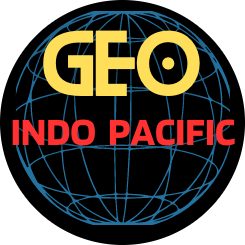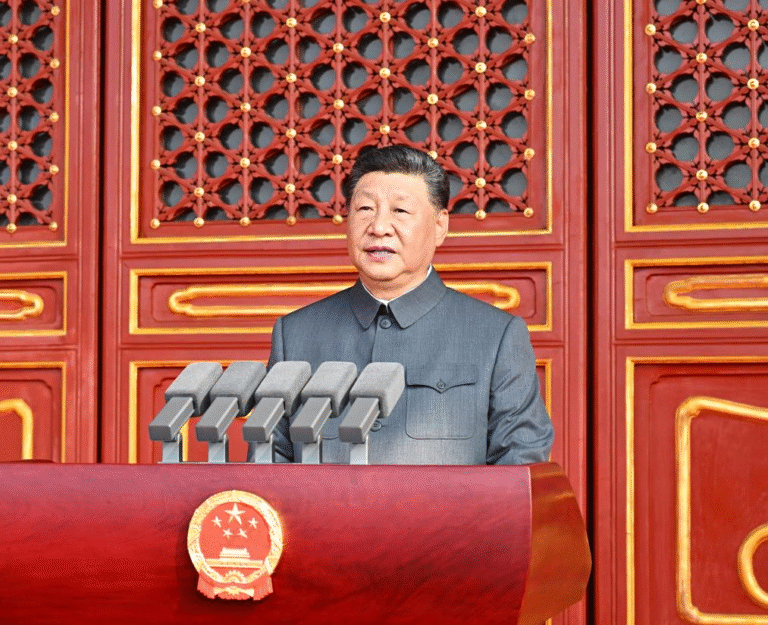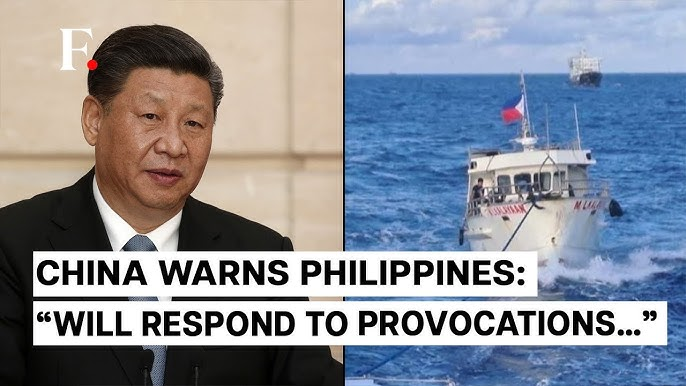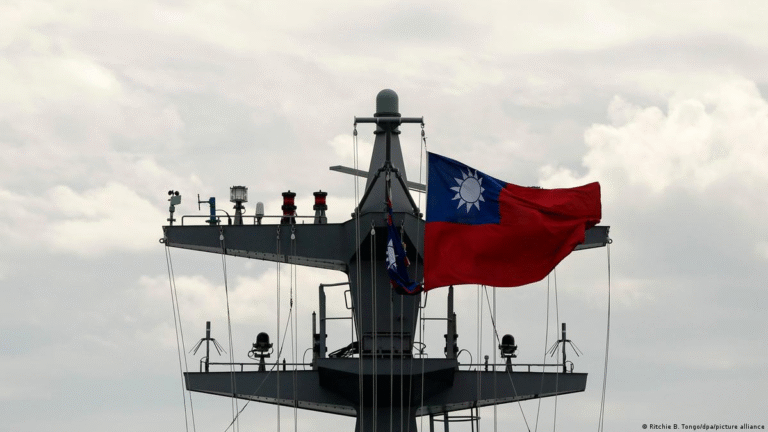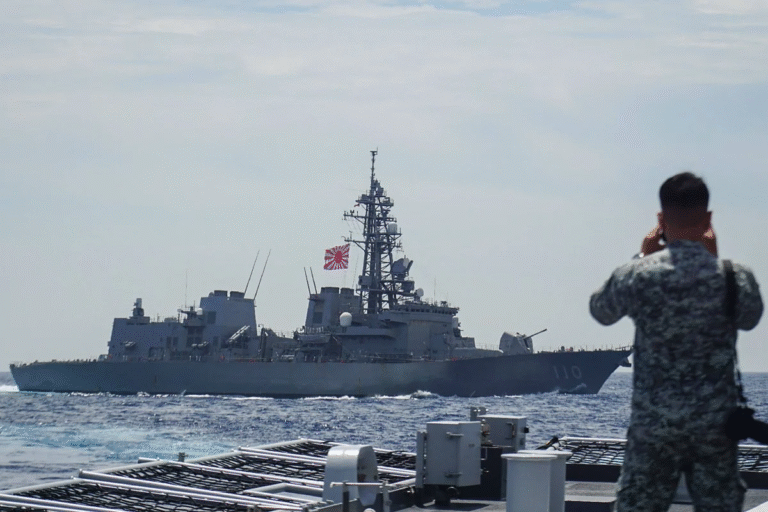
A new defence pact between Tokyo and Manila allows the Japanese military to deploy in the Philippines for the first time since World War II – with the goal of deterring Beijing in the South China Sea.
Analysts said the “quasi-security alliance” – which took effect in September and is known as a reciprocal access agreement – could harden Manila’s stance in the contested waters, and that other US allies in the region could follow suit.
Ding Duo, an associate research fellow at the National Institute for South China Sea Studies, said the agreement did not imply Japan would have a permanent military presence in the Philippines.
But he said the pact – by reducing the costs and political barriers to strategic cooperation – created a pathway towards “normalising military interactions” between the two nations that had a shared goal of deterring China.
“The deal provides an institutionalised ‘fast track’ for both parties, particularly the Japan Self-Defence Forces, to conduct joint exercises, logistical support and ship and aircraft visits in the Philippines,” Ding said.
Less than a month after the pact took effect, Japan and the Philippines held a five-day joint military exercise, which included the delivery of emergency relief supplies to the Philippine island of Cebu following a magnitude 6.9 earthquake.
The drill was conducted a day before the Chinese People’s Liberation Army held its annual joint exercise with Malaysia.
On October 13 and 14, Japan took part in another joint drill involving regional allies, led by the Philippines and the United States. Japan sent its Takanami-class destroyer the JS Onami to cooperate with Philippine and American warships.
The Philippines, the US, Australia and New Zealand then held a two-day joint maritime exercise on October 30 and 31 in the South China Sea.
China’s military on Friday sent a Chinese bomber aircraft over the South China Sea in response, while accusing the Philippines of undermining regional peace by frequently involving outside powers in joint patrols.
Senior Colonel Tian Junli, a spokesman for the People’s Liberation Army (PLA) Southern Theatre Command, said in a statement on Sunday that the bomber unit had conducted a “routine patrol” in the South China Sea.
He warned Manila to “immediately cease its provocations and actions that escalate tensions” and emphasised that Chinese forces would “remain on high alert” to defend national sovereignty and security.
Chester Cabalza, president and founder of Manila-based think tank the International Development and Security Cooperation, said the agreement between Tokyo and Manila aimed to “enhance interoperability of their militaries and act as a deterrent force against regional threats by solidifying alliances and a united front”.
Analysts said it also signalled a broader trend in the region, as Washington’s allies expanded security cooperation through “quasi-alliance” arrangements.
Last year, Japan signed similar reciprocal access agreements with Australia and Britain. Philippine Defence Secretary Gilberto Teodoro Jnr also expressed a willingness to forge reciprocal troop agreements with Canada, France, New Zealand and other nations.
That was followed by more joint military drills involving Australia and other Western nations from beyond the Indo-Pacific region.
“The Philippines-Japan [deal] is highly likely to become a replicable template,” according to Ding.
“In the future, we may witness the emergence of more ‘quasi-military alliance’ arrangements within the US alliance system, forming a flexible and effective security network targeting China,” he said, calling it a “structural challenge” that Beijing must confront.
“Maritime friction may not be an isolated incident, but could rapidly trigger a coordinated response from a broader network of allies. This undoubtedly increases the complexity of the situation and the risk of miscalculation.”
History, money and military: why the South China Sea is so important to Beijing
History, money and military: why the South China Sea is so important to Beijing
He Xianqing, an associate research fellow at the National Institute for South China Sea Studies in Hainan province, said the solution was better relations between Beijing and Washington.
He said there would be even closer cooperation between the United States and its allies – such as Japan and the Philippines – if US tensions with Beijing over the South China Sea remained high.
Manila and Washington formed a new joint task force to boost their alliance last month during the Asean gathering in Kuala Lumpur, Malaysia. Meanwhile, Pentagon chief Pete Hegseth expressed Washington’s concern over the South China Sea and Taiwan.
Analysts said Beijing should look to diplomatic channels – particularly the Association of Southeast Asian Nations framework – to ease tensions in the region.
“Beijing has its own terms in advancing its regional and global interests, and China has been quite successful in influencing Asean through its widened economic and infrastructural support in the region,” Chester in Manila said, calling it a “hedging strategy”.
At present, China and Asean are each other’s biggest trading partners.
Ding said Beijing “should strive to secure the understanding and support of regional nations by accelerating consultations on the code of conduct in the South China Sea and deepening economic and trade ties with Asean members”.
Beijing has territorial disputes over the resource-rich South China Sea with the Philippines, Vietnam and other rival claimants, and there have been regular run-ins between Chinese and Philippine vessels in recent years. A tribunal in The Hague in 2016 dismissed China’s sweeping claims to the waterway as having “no legal basis” in a case brought by the Philippines – a ruling Beijing has rejected.
He from the Hainan institute said the frequency and scope of maritime activities in the region would “inevitably expand”, and so too would the risk of encounters between Chinese maritime forces and those of other nations.
“China must establish robust communication and risk management mechanisms with the US and Japan,” he added.
